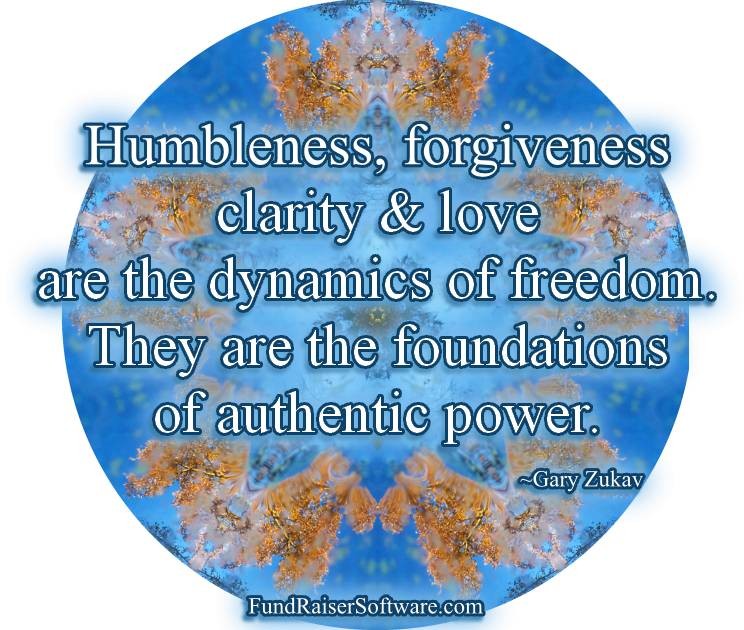Dear Kim,
We have 500 donors, of whom 50 give over $1,000 and another 50 give between $500-999. We do a decent job of keeping in touch with these 100 donors, usually talking to them by phone or visiting the top 20 largest donors at least once a year. I keep all the information on these donors and I am retiring, so cleaning out my files and getting ready to pass this information on to the next person. I have pages of stuff on some people, and almost nothing on others. But what should I have? And what should I delete?
~Donor Data Overwhelm
Dear Over,
I find that organizations generally operate on one end or another of a spectrum: those who have been so thorough that they have enough information on their donors to write an unauthorized biography, and those who have been so discreet that they barely have more than name, address, phone and giving history. I congratulate you on trying to find a middle ground.
There are two simple rules for what to record (and, by extension, what to delete):
- Would I be embarrassed to show this information to the donor?
- Does this information help me decide on the next step in our organization’s relationship with this donor?
I was at a client’s office last week looking at donor files and found this entry, “He is great and loves us. Wife is difficult and always grumpy. Seems to resent how much money he has given.” This falls squarely into the category of ‘delete.’ Would you show it to the donor? I hope not. Further, there is no actual information here but a whole lot of conjecture. Unless you have correspondence or verbatim quotes from this couple, you don’t know the motives or feelings of either of them. Imagine being a new executive director and reading this. Would you really want to meet with them both? And if you did, you would interpret everything that happened through this lens. In this instance I happen to know that the wife has rheumatoid arthritis and is in constant pain. Her “grumpiness” has nothing to do with the organization, and in fact she often asks about them.
Two other donor entries I found fall into another camp of too little information. They both say, “Loves animals.” Since this is a direct service organization which uses therapy dogs and cats in some of their programs, these entries aren’t completely irrelevant. But one person breeds and sells Bernese Mountain Dogs while the other is very active in rescuing exotic animals from inappropriate living situations (tigers in backyards, snakes in basements, monkeys in restaurants, etc.) Putting in these specifics will be important.
In none of these cases do we have information that allows us to answer question #2: what is the next step in building our relationship with this donor?
So, to answer your question directly, most of what you have in your database should probably be deleted. Keep the record of when the donors gave and to what did they respond. Anything the donor has told you about how they like to be asked should be in there: “don’t call on weekends” or “doesn’t like multiple appeals” or “requested to not be added to e-alert list.”
In getting ready for a new person to take your place, focus on introducing that person to these donors and letting the new person form his or her own relationship with them. (See also Kevin Johnson’s article on moves management from the Grassroots Fundraising Journal, v29 n5: “Nurturing Relationships Today and for Years to Come.”)
~Kim
Originally published in the Grassroots FundRaising Journal. FundRaiser users can subscribe at a special rate of $30/year by entering is "$30" in the coupon code field on the second page of the subscription process.
To learn more about how FundRaiser can help with understanding giving patterns of donors:
Take an online guided tour of FundRaiser and learn about the features in FundRaiser for tracking metrics like Gift Source.
